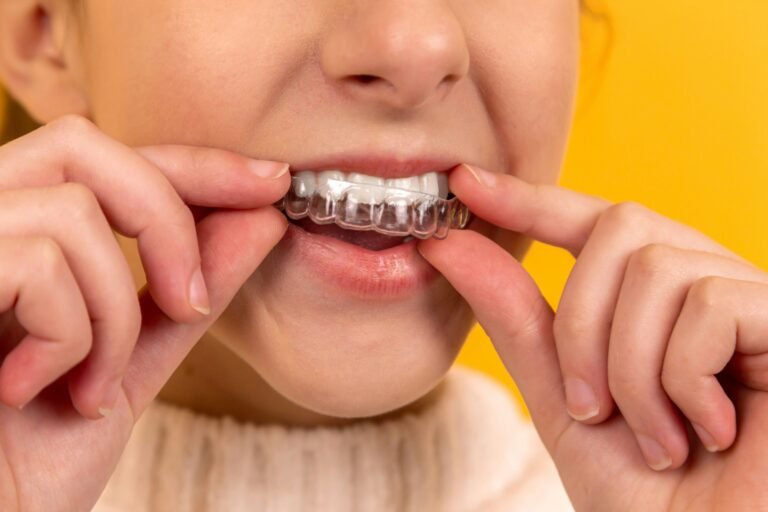Photo by Diana Polekhina on Unsplash
Are you experiencing discomfort in your jaw, persistent headaches, or difficulty chewing? If so, you might be one of the many individuals struggling with jaw misalignment. Achieving optimal jaw alignment is not merely about comfort; it’s essential for your overall health and well-being.
In this article, we delve into the various treatments and techniques available to correct jaw alignment, empowering you to reclaim your quality of life. Don’t let jaw discomfort hold you back. Read on to discover the most effective solutions and take the first step towards a healthier smile today!
Signs of Jaw Misalignment
You might have a jaw misalignment if you have pain in your jaw, headaches, or trouble chewing. Other signs include a clicking sound when you move your jaw or teeth that do not fit together well. If you notice any of these signs, it is a good idea to see a dentist or orthodontist.
Why Jaw Alignment Matters
Having a well-aligned jaw is crucial for many reasons. First, it can improve your bite. When your teeth fit together properly, you can chew food better. This helps with digestion. Second, good jaw alignment can reduce pain. Many people with misaligned jaws suffer from headaches and neck pain. Fixing the alignment can help ease these issues.
Dental Consultation
The first step in correcting jaw alignment is to see a dental professional. They will examine your jaw and might take X-rays. This helps them see how your teeth and jaw fit together. The dentist will then suggest the best treatment for you based on their findings.
When seeking help for jaw alignment issues, it’s crucial to find a qualified professional who can guide you through the available treatment options. For those located in the area, consulting an orthodontist in Louisville, KY, can provide valuable insights and personalized care.
Orthodontic Treatments
Orthodontic treatments are common for correcting jaw alignment. Braces are a popular option. Braces use brackets and wires to slowly shift teeth into the correct position. This can take several months or even years, but the results are often worth it.
Jaw Exercises
Some people find relief with jaw exercises. These exercises can help strengthen the muscles around the jaw and improve function. A therapist can show you specific alignment techniques tailored to your needs. Doing these regularly can help keep tension away and assist in proper alignment.
Splints and Night Guards
Some corrective jaw solutions include wearing a splint or a night guard. A dental splint is a custom-made device that you wear over your teeth. It can help keep your jaw in the right position, especially at night. Night guards are also popular for people who grind their teeth while sleeping. Both devices can help relieve pressure on the jaw and improve comfort.
Surgery
In some cases, surgery may be required. If the misalignment is severe, a surgical procedure may be the best option. This type of treatment is usually a last resort and is carefully planned by dental professionals. Surgery can help align the jaw and improve overall function.
Optimizing Jaw Alignment for Better Health and Function
Correcting jaw alignment is important for your health. If you experience any signs of misalignment, seek dental advice. There are many effective treatments available, including braces, clear aligners, exercises, splints, and sometimes surgery.
Working closely with a dental professional will help you find the best option for your needs. Healthy jaw alignment leads to better chewing, less pain, and an improved quality of life.
For more on this content, visit the rest of our blog!





